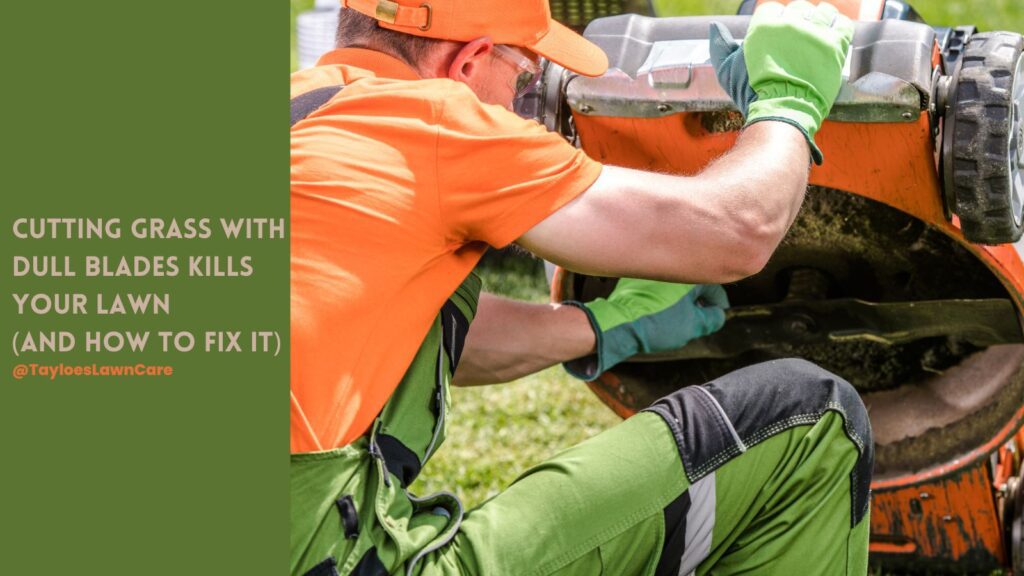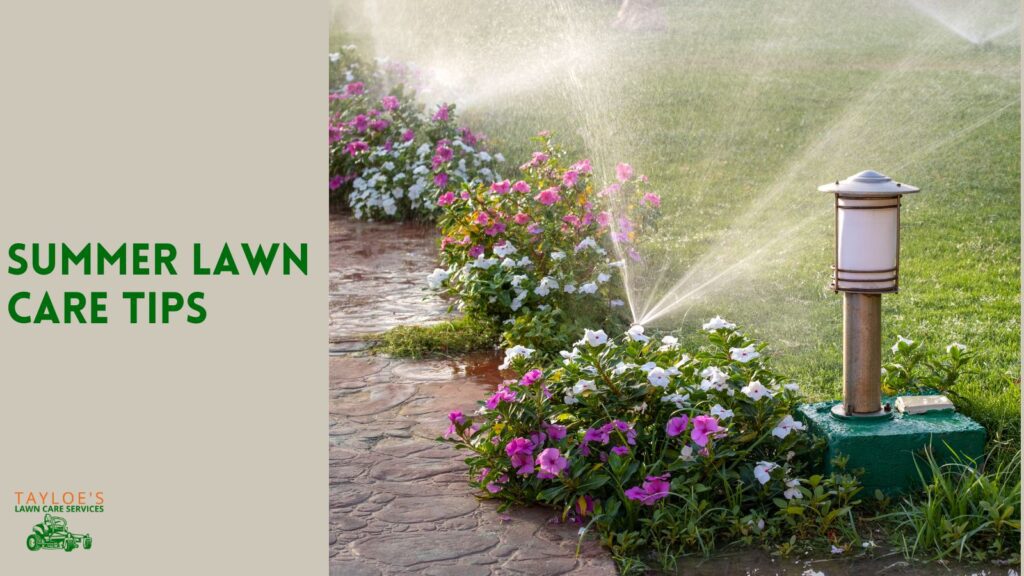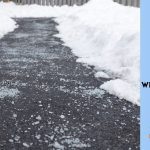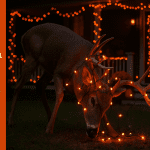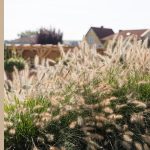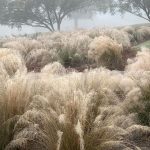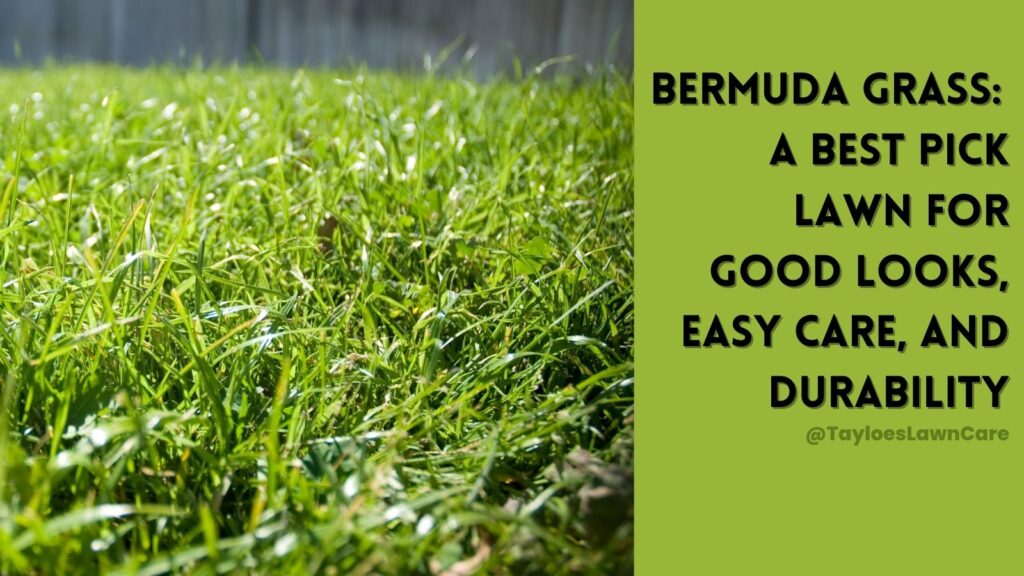Last Updated on: 24th June 2024, 05:10 am
Here’s what many clients ask us about lawn care services.
If you want to hire professional lawn services but are unsure where to start, this page is for you. Researching these lawn care FAQs is a key first step in hiring a lawn care company to perform regular maintenance.
The professional team at Tayloe’s Lawn Care Services, LLC is here to provide you with the information you need to get fantastic lawn care results, no matter who you hire for the job.
North Carolina Department of Agriculture Certified Professionals
At Tayloe’s Lawn Care Services, LLC, we’re certified by the North Carolina Department of Agriculture. We have completed all necessary certifications to apply fertilizers, weed control products, and lawn and public health pesticides.
Some answers may mention specific lawn treatments (fertilizing, etc.). If you become one of our customers, you don’t need to worry about mixing the right formula to get the lovely green lawn you deserve. We have the on-the-job experience and proper education from the state. We can determine what products you need and when to perform the service.
Most Asked Questions About Hiring Professional Lawn Services
Here are the things you should ask when it’s time to hire a professional lawn care service:
What is the correct grass height?
Per the North Carolina State University Master Gardener Extension Handbook, the correct mowing height for grass in North Carolina varies by grass type. Here are general guidelines for common lawn species in Bertie and Hertford Counties:
Bermudagrass is best maintained up to two inches. We mow this at the lower end of this range for good looks.
Tall Fescue: This cool-season grass should be kept between 2.5″ to 3.5″ inches to promote a healthy root system and provide shade to the soil surface, which helps reduce weed sprouting and soil moisture evaporation.
Centipedegrass: It should be maintained at a height of up to 1.5″ inches. It’s important to mow this grass at the correct height to avoid stressing the lawn, making it susceptible to diseases and weediness.
St. Augustine Grass: This grass type looks its best when we mow it at 2.5 to 4 inches, preserving moisture.
Zoysiagrass: Mowing heights for Zoysia grass height should be up to 2 inches, depending on the specific variety and your preference.
These recommendations help ensure your turf remains healthy, conserves rain and moisture, and resists pests/diseases that cause bare spots.
Mow at the correct height…it’s one of the most important factors in a beautiful lawn.
Is weekly mowing the best lawn mowing frequency?
The correct mowing frequency for lawns generally depends on the growth rate of the grass, which is influenced by the season, weather conditions, and grass species. Here are some general guidelines:
During Active Growing Season: Grass should be mowed frequently enough to maintain the ideal height without removing more than one-third of the grass blade in a single mowing. For most grass types, this usually means mowing approximately once a week during the spring and summer when grass grows more rapidly.
Slow Growth Periods: Grass grows more slowly in cooler months. During these times, mow service decreases. Depending on the weather conditions and grass growth, this might mean mowing every two weeks.
Rule of Thirds: Always try to follow the “one-third” rule, which means never cutting more than one-third of the grass blade’s length at a time. It keeps your lawn healthy, promotes better root development, and prevents stress that can lead to weed invasion and disease.
Adjust as Needed: Always be flexible with your mowing schedule based on actual grass growth and conditions rather than sticking rigidly to a calendar schedule.
By adjusting mowing frequency according to these principles, you can help have a lush lawn more resistant to weeds, pests, and diseases.
Can a lawn care professional help control broadleaf weeds?
Controlling broadleaf weeds effectively requires a combination of good lawn practices and selective herbicide use.
Here’s how we manage weed control service upon your request:
Healthy Lawn Practices: Maintaining a healthy, dense lawn is the first step in preventing weed establishment. Regular feeding, a properly mowed property, and adequate watering encourage the lawn to outcompete weeds.
Proper Identification: Identifying the specific types in your lawn is crucial. Different weeds may require different approaches or products for effective control.
Pre-Emergent Herbicides: These are applied to the lawn before the weeds germinate. Pre-emergent herbicides effectively prevent many broadleaf weeds from establishing.
Post-Emergent Herbicides: Once weeds have appeared, post-emergent herbicides can be used. These are applied directly to the weeds. Choosing a selective herbicide that targets specific species without harming the grass is important.
Spot Treatment: For minor infestations, spot-treating weeds with a targeted herbicide can minimize chemical use on the lawn.
Timing: Herbicides are more effective when applied at the right time. Early fall is generally ideal for broadleaf species because weeds are actively growing and preparing for winter.
Following Label Instructions: We’ll follow the manufacturer’s instructions for any herbicide.
At Tayloe’s Lawn Care Services, LLC, we use our expertise to assess and treat your lawn using the most effective methods. You will receive the service you need at just the right time.
Finally, we track your account history in a state-of-the-art system. Once we determine what works for your yard, we will access your lawn care and yard service records year after year so you can expect consistent results.
Do I need a pH soil test for my lawn?
Conducting a pH soil test is a good idea before starting lawn care. Here’s why:
Nutrient Availability: Soil pH significantly affects the availability of nutrients to your grass. Most lawn grasses thrive in slightly acidic soil (pH between 6.0 and 7.0). If the pH is too low or too high, the grass may not be able to absorb nutrients efficiently.
Correcting Imbalances: A pH test can identify if your soil is too acidic or alkaline. Based on the results, you can apply the appropriate amendments to create an ideal growing environment for your lawn.
Optimizing Growth: Proper pH levels can help ensure that products work more effectively.
Cost-Effective Maintenance: By understanding the exact condition of your soil, you can avoid unnecessary or incorrect applications of fertilizers and other soil amendments, saving money and preventing potential environmental impact.
At Tayloe’s Lawn Care Services, LLC, we can do a soil pH test and interpret the results. With this data, we can give you an accurate, free estimate for all your lawn care needs. You can be sure that any service we offer will be tailored to its specific needs.
When is the best time to aerate?
The best time to aerate your lawn depends primarily on the type of grass you have:
Cool-season grasses (such as tall fescue and Kentucky bluegrass) grow most vigorously during the cool parts of the year. Therefore, the best time to aerate cool-season grasses is early fall or spring. This timing allows the grass to heal and fill any open areas after removing soil plugs.
Warm-season grasses (such as Bermudagrass and zoysiagrass) grow most actively during the warmer months. For warm-season grasses, late spring is the ideal time to aerate.
Aeration service is beneficial if your lawn experiences compaction. It improves drainage in your yard, reduces soil compaction, and encourages health. It can also help you avoid thatch buildup, which can smother your lawn.
What causes an uneven cut when lawn mowing?
Unevenness in the lawn can leave your yard looking less than desirable. Here are the common causes of it:
Dull or damaged lawn mower blades
Mower deck is unlevel
Uneven ground
Wheels slippage or equipment damage
Excessively tall grass
Resolving this can be difficult if you don’t know what to look for. To prevent these issues, each piece of equipment we run receives routine service.
When is the best time to plant new grass in North Carolina?
The best season to seed new grasses depends on cool-season versus warm-season grasses. Planting cool-season grasses, such as winter rye, is best for the early fall. On the other hand, planting warm-season species should happen before the really hot weather arrives.
When’s the best time for pruning trees?
The best time for shaping up largely depends on the species and what you want to achieve. Here are general guidelines for trimming trees in North Carolina:
Winter Pruning (Late Winter): Winter can be the best time for most species in North Carolina. During the winter, most hardwood species are dormant, which minimizes stress. Service in late winter, just before spring growth starts, helps promote vigorous growth as the weather warms.
Summer Pruning (After Seasonal Growth): Summertime service is for corrective purposes, such as directing growth by slowing down the branches you don’t want or slowing the development of a tree or branch.
Fall Pruning: It’s sometimes wise to avoid service in the fall because cuts heal slower during this time, and fungi and organisms can form in the fresh cuts.
These general tips should guide you in decisions for good tree health.
Is fertilization important for good lawn care?
Yes, fertilization is crucial for maintaining a healthy lawn. Fertilizer treatments replenish essential nutrients in the soil that plants need to grow and resist pests and diseases. However, too much fertilizer can be harmful, leading to the growth of excessive leafy material at the expense of flowers and fruit. It might also burn the plants if too concentrated. Fertilizer just after aeration is a special treat for your lawn.
What about watering?
A proper watering schedule is vital for a healthy lawn and garden. Here are a few tips:
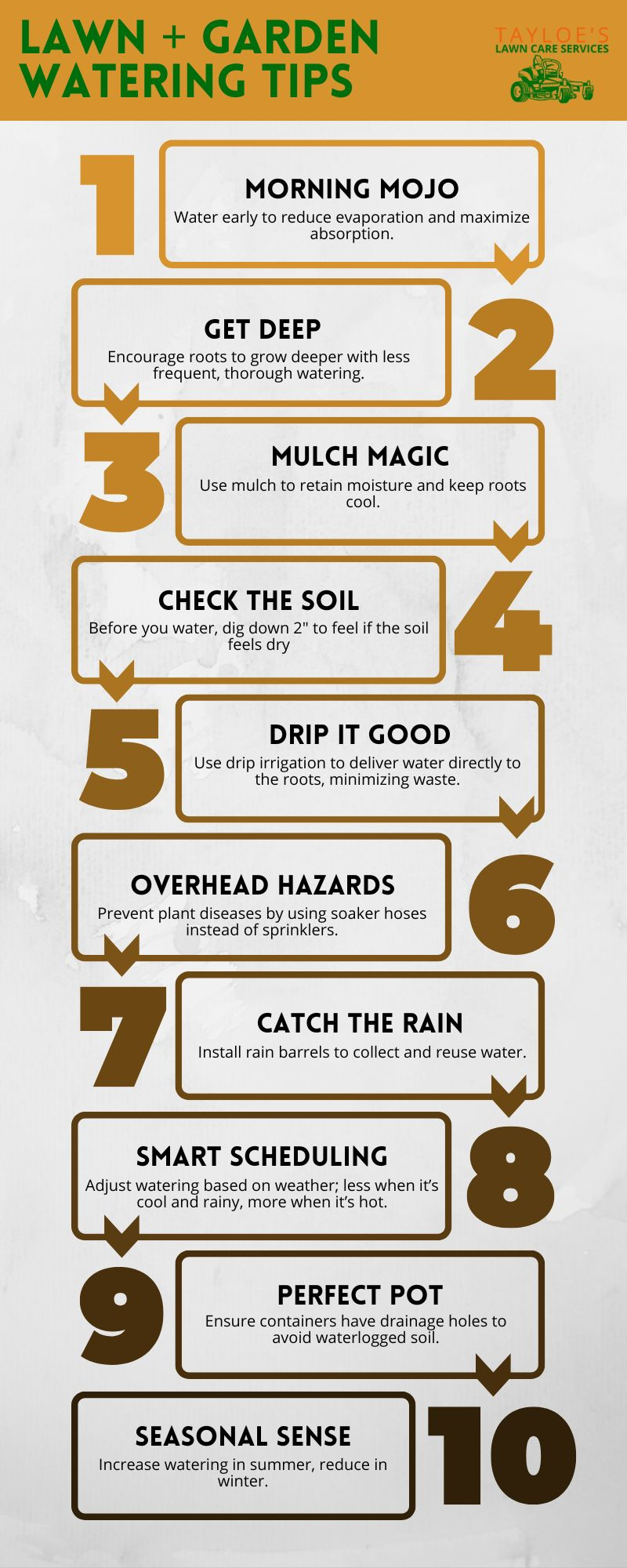
Water in the early morning to allow the water to penetrate, thus reducing risk of fungal disease
Irrigation is most effective when applied deeply, but less frequently is better than “sprinkling” your lawn.
Try soaker hoses to minimize evaporation and waste.
Check the soil moisture between waterings.
Keep a close eye on when you haven’t had much rain.
Is it a good idea to mulch lawn care clippings when I mow?
Yes, mulching your grass clippings can be beneficial for your lawn. The Tayloe’s Lawn Care Services team uses a commercial-grade mulching mower. The mower finely chops the grass and returns it to the lawn, releasing valuable nutrition.
Join the Tayloe’s Lawn Care Services, LLC Family of Happy Customers
When you become a customer, you’ll quickly see that we do more than lawn mowing. In addition to making sure your lawn is mowed each week, we can help with other tasks on your property. From spreading grass seed at the right time to helping you plant or trim shrubs, we are well-qualified for almost every routine lawn care job and here to help.
Our clients have beautiful, green lawns. If you are a homeowner who wants to enjoy their property instead of working all week to spend weekends working in the yard, call or text Tayloe’s Lawn Care Services, LLC at 252.287.3376. Our lawn care professional will give you a free, personalized quote with no pressure or hassle.
Author Profile

- Randy Tayloe is the COO of Tayloe's Lawn Care Service, LLC. He is a certified custom applicator, recognized by the North Carolina Department of Agriculture Pesticide Division. A native of Bertie County, NC, and graduate of Bertie High School, he wants to beautify his home county - one yard at a time.
Latest entries
 Lawn CareDecember 29, 2025Benefits of de-icing treatments ahead of winter weather
Lawn CareDecember 29, 2025Benefits of de-icing treatments ahead of winter weather FaunaOctober 3, 2025Fall decorations that endanger wildlife (and how to avoid the risks)
FaunaOctober 3, 2025Fall decorations that endanger wildlife (and how to avoid the risks) GardeningApril 1, 2025Fountain grasses add colorful foliage and movement
GardeningApril 1, 2025Fountain grasses add colorful foliage and movement GardeningMarch 21, 2025White cloud muhly grass growing guide
GardeningMarch 21, 2025White cloud muhly grass growing guide

